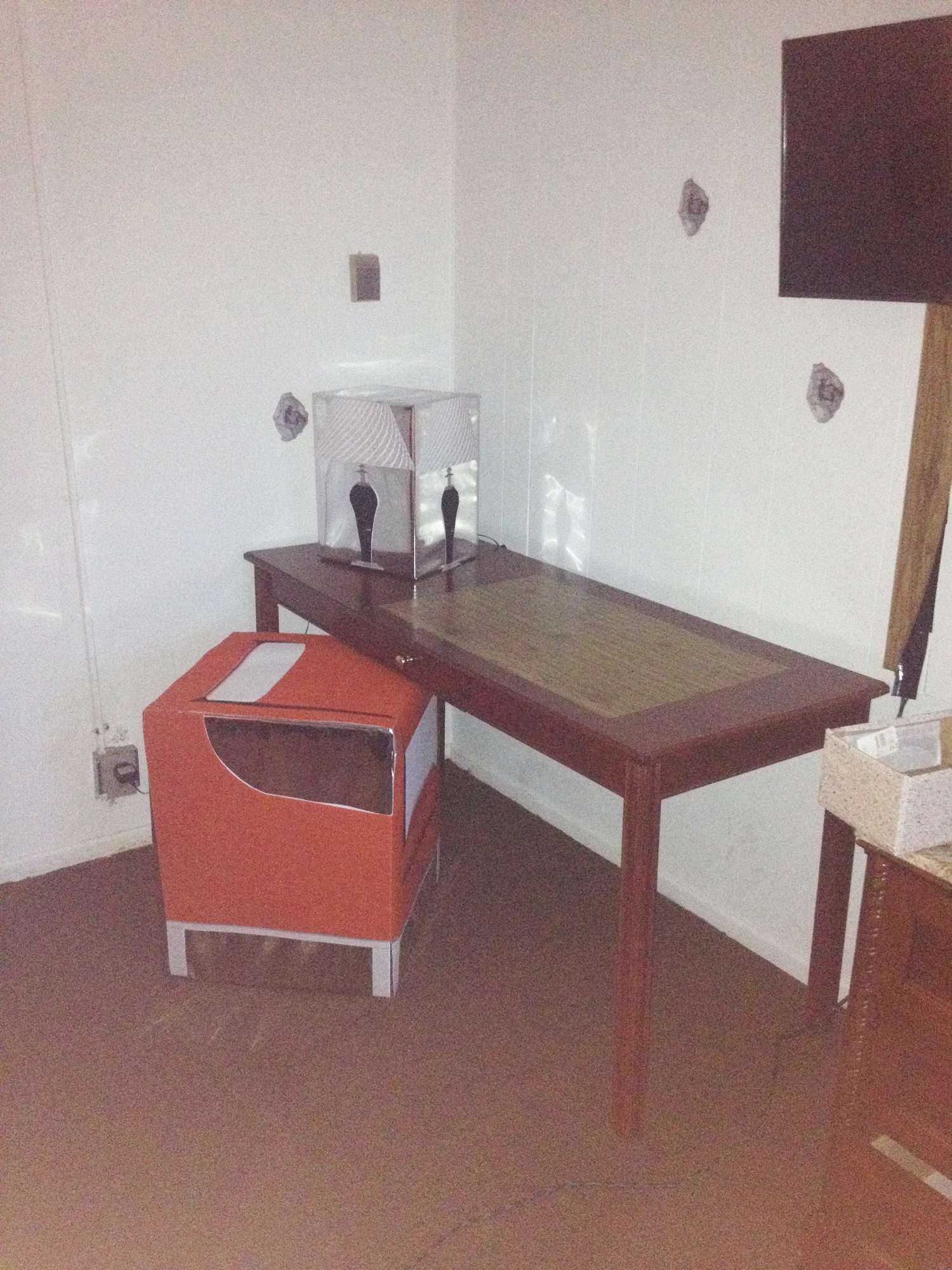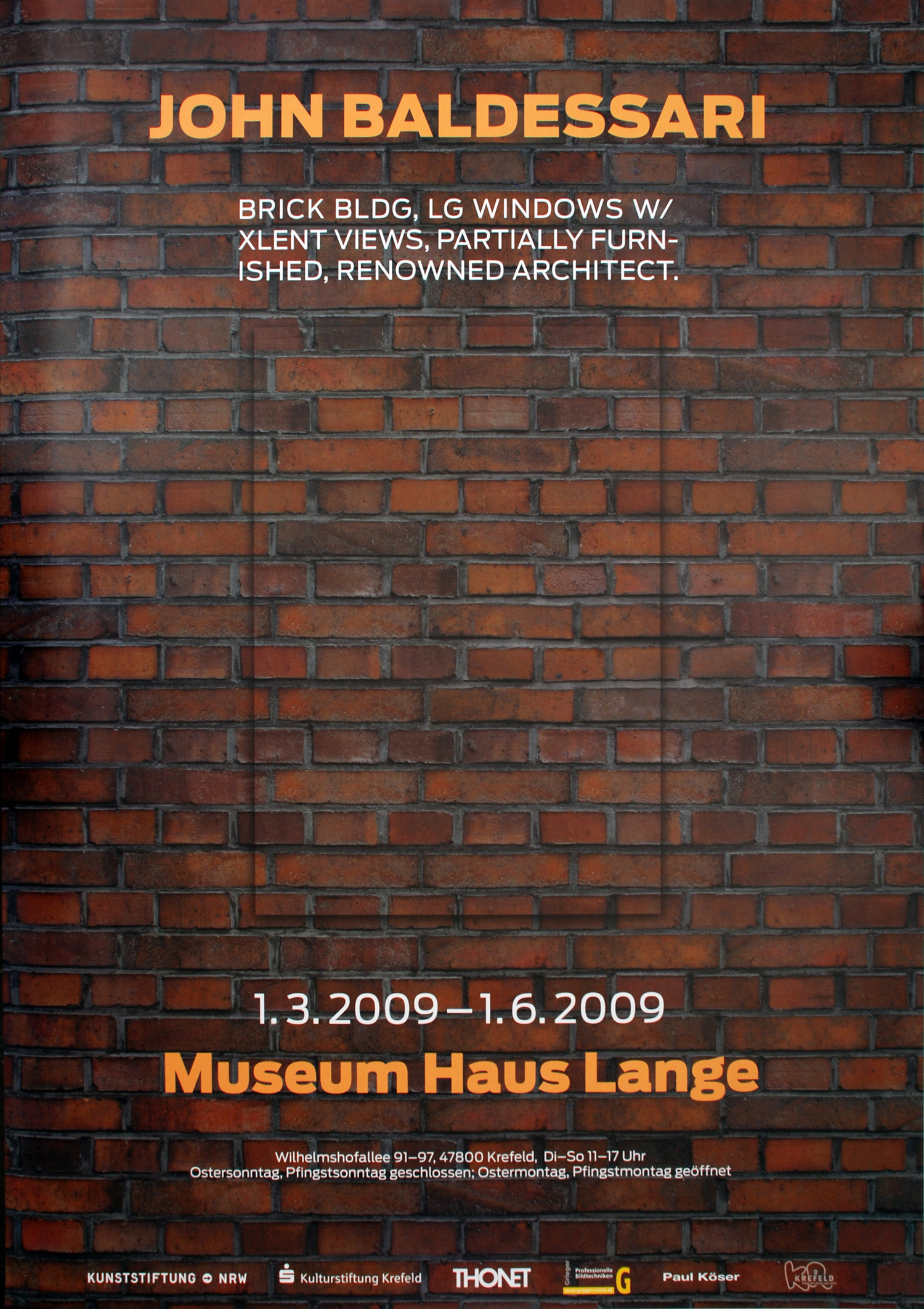Strangely Familiar
Featured in Lunch Journal (The Alien Issue)
Summer 2015
Pages 52-58
Sitting at your desk, you may grow bored of the objects you recognize and define without description: cup, screen, lamp, speakers, trees, buildings, birds, and so on. Borges felt this way when he claimed that while the stone eternally wants to a stone and a tiger a tiger, he wished to see himself in other things. It seems that there is nothing left with which to be unfamiliar; nothing left on this Earth to approach with a vague grasp.
But if one can imagine the forms and functions in between two familiar objects - any two - the recipe for astounding feats of unfamiliarity quickly make themselves present. These “inbetween” forms - elusive, innumerable, and traditionally neglected - are one way to reveal the alien in the landscape of domestic objects, and their importance for the field of architecture can be considered anew when studying their presence in the history of cartoon animation.
In 1908, Emile Cohl created Fantasmagorie, largely understood as the first cartoon animation. In just under two minutes, a clown deals with frantically morphing objects while traversing twitching landscapes; in one scene, he’s standing on a flower, which readily becomes an elephant’s trunk. He lunges off the trunk and runs into the elephant, which became a house with a door waiting for his arrival.
The frames in between these elements are rough, but the potential of animation is clear at the very beginning: with cartoons, anything can become anything, and most of the elements between one object and another are accounted for. The relationship between two objects in the process of inbetweening can, for a cartoon animation, be very loose and independent of the number of surfaces that make up those objects.
Yet unlike the misdirection tricks Georges Melies developed in his films of the same era, early animators drew out the relationship between two objects based on their respective configurations. The number of frames between the objects determined its ‘behavior,’ so that, for example, a lower number of frames might imply an instantaneous chemical change (such as water turning into steam), while a higher number of frames might imply a smooth biological change (such as a caterpillar turning into a butterfly).
Max Fleischer experimented with these behavioral techniques in his animations fifteen years after Emile Cohl’s innovation. Originally in Koko the Klown (1922) but more fully in Betty Boop (1930), Fleischer constantly pointed to the fluidity that animation allowed him. Norman Klein writes, for example, “In ‘Koko the Cop,’ a rock “metamorphoses” into a doorflap, like a stage scrim helping Bimbo run away from Koko. That gag was possible because the rock was essentially only a line drawing, so why not a flap?” In cartoon animation, a line can ‘become’ not only another line, but also multiple lines; in other words, if it can be drawn, it can be transformed. Remarking on Fleischer’s use of animation’s potential, Klein wrote, “This is the Fleischer signature: an image transmutes, as if by alchemy, into many others; its atomic structure seemingly comes unglued.”
In another Betty Boop episode entitled, “She Wronged Him Right” (1934), a mother cat hastily turns into a bed for her kittens in only six frames. (figure 1) Her body becomes a bed frame; the ears and tail curl into bedposts. The eyes become pillows, the bottom of her face becomes a blanket, and a scarf becomes a bed sheet. It is important to note here that this transformation is slightly topographic, in the sense that all elements of the cat (except for the pupils and mouth) are accounted for in the elements of the bed. The ontological relationships between the shared units (the body becoming the bed frame, eyes becoming the pillows) seem correct without argument. The scarf the cat is wearing, however, was only drawn in order to become the bed sheet; there would simply be no other reason for the scarf to be there. The logic inherent in this transformation yields strange inbetweeners: not quite beds, and not quite cats. Different terms can be imagined for them, such as bcets, cbats, beatds, cads, ceats and so on.
Even the simple act of a head turning can be the site of a countless number of renegade inbetweeners. In an episode of The Simpsons entitled, “The Mysterious Voyage of Homer” (1997), Homer ingests hallucinogenic peppers and dematerializes throughout the episode. (figure 2) When turning his head, for instance, his facial features sink into his gelatinous skull and pop out the other side rather than maintaining their stationary composition in rotation. As the sequence approaches the middle, we are left with a head without organs, a truly surreal inbetweener. The facial features throughout are parading as themselves, but in a new and novel performance, without the aid of a secondary set of objects to ‘become’ as its precedences have before it. In themselves, they are constructed of lines which escape geometry by a fugitive mobility; single frames of action which must be read contingently.
While inbetweeners are the wondrous result of a common trope, they have generally been the least sought after frames of many animations, described by many as the ‘weak forms’ relative to the strong ones. Yet a diagram reveals that the strangest things are in the middle, and it is this territory which should be mined for alien content. (figure 3) The Vanna Venturi House is drawn into the series to exhibit what can happen to an iconic piece of architecture when thrown into a sea of generic objects. Following the principles of cartoon animation, the transformations of objects are not limited to their character, and the focus shifts away from any single composition and toward the wealth of objects as the result. "The tendency toward lightness and plasticity,” Sanford Kwinter wrote, ”allows the research of forms to give way to an emphasis on configurations."
The process of inbetweening conjures architecture both as an alchemical image and an unglued atomic structure, it becomes softer than the software used to produce it. It replaces plane geometry with architecture that is fleeting, innumerable, incalculable, plural, disposable, transient, infinitesimal, and often imperceptible.
The inbetweeners are in-beee-tween every single thing, and they are perpetually becoming.




